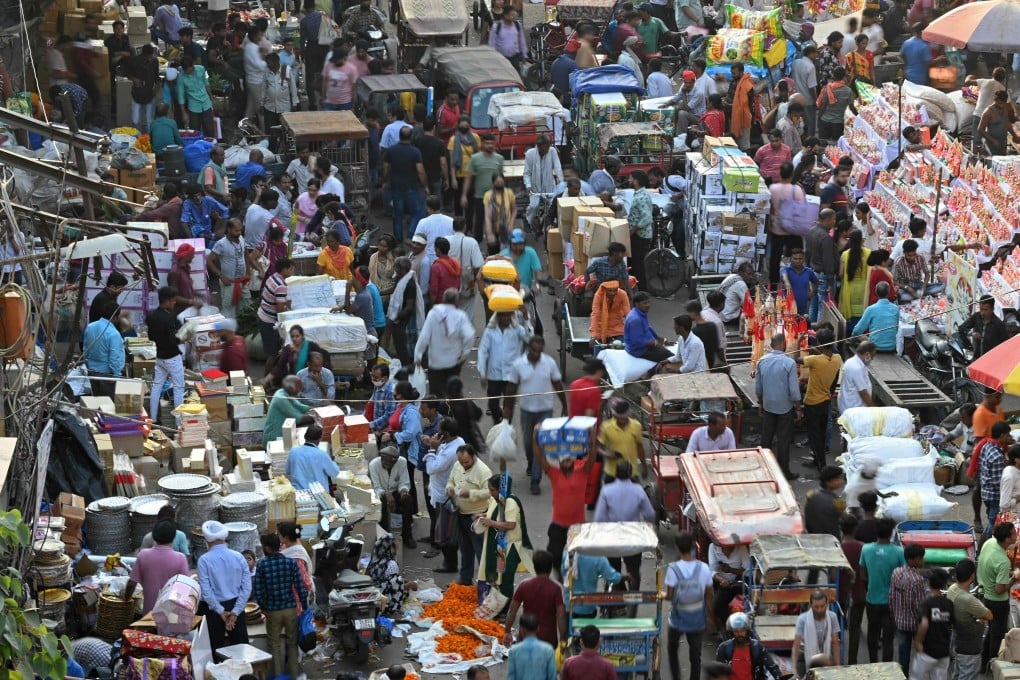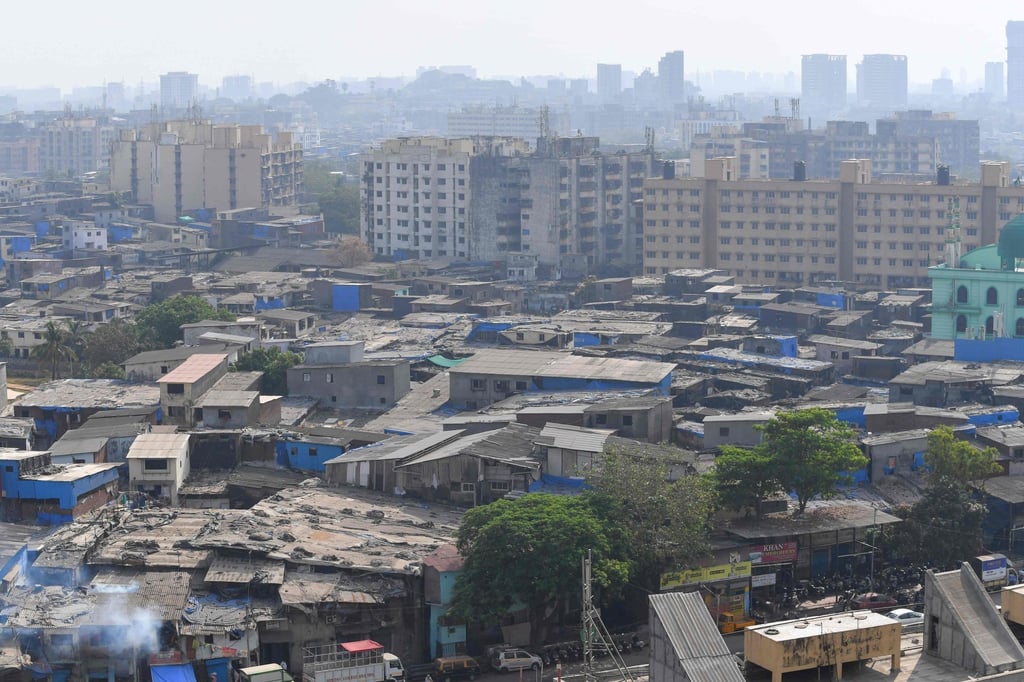India’s cities are being stretched to breaking point as an urban population boom looms
- By 2040, some 270 million more people are forecast to be living in cities where overcrowding, shoddy infrastructure and severe pollution are rife
- One population expert says a ‘paradigm shift’ is needed to stem migration to megacities, and incentivise people to move to smaller urban centres

The metropolis of Mumbai, one of India’s biggest, grew by some 8 million people in the past 30 years – the rough equivalent of the whole of New York City – to a population of 20 million, and is forecast to add another 7 million by 2035.
Like other Indian megacities, Mumbai’s housing, transport, water and waste management infrastructure has not kept pace, with around 40 per cent of people living in slums.

These crowded collections of ramshackle buildings, side by side with some of India’s richest neighbourhoods, often have no regular water, power supply or proper sanitation.
As the world’s population approaches 8 billion, most of them in the developing world, it’s a situation being replicated globally.
Those living on the outskirts of Mumbai commute for hours to work, with many hanging out of doors on packed trains, and others travelling by car or motorbike on clogged, pothole-filled roads that flood during the monsoon.
In the biggest slum, Dharavi of Slumdog Millionaire fame, where a million people live, Mohammed Sartaj Khan arrived from rural Uttar Pradesh as a teenager and works in a tannery.